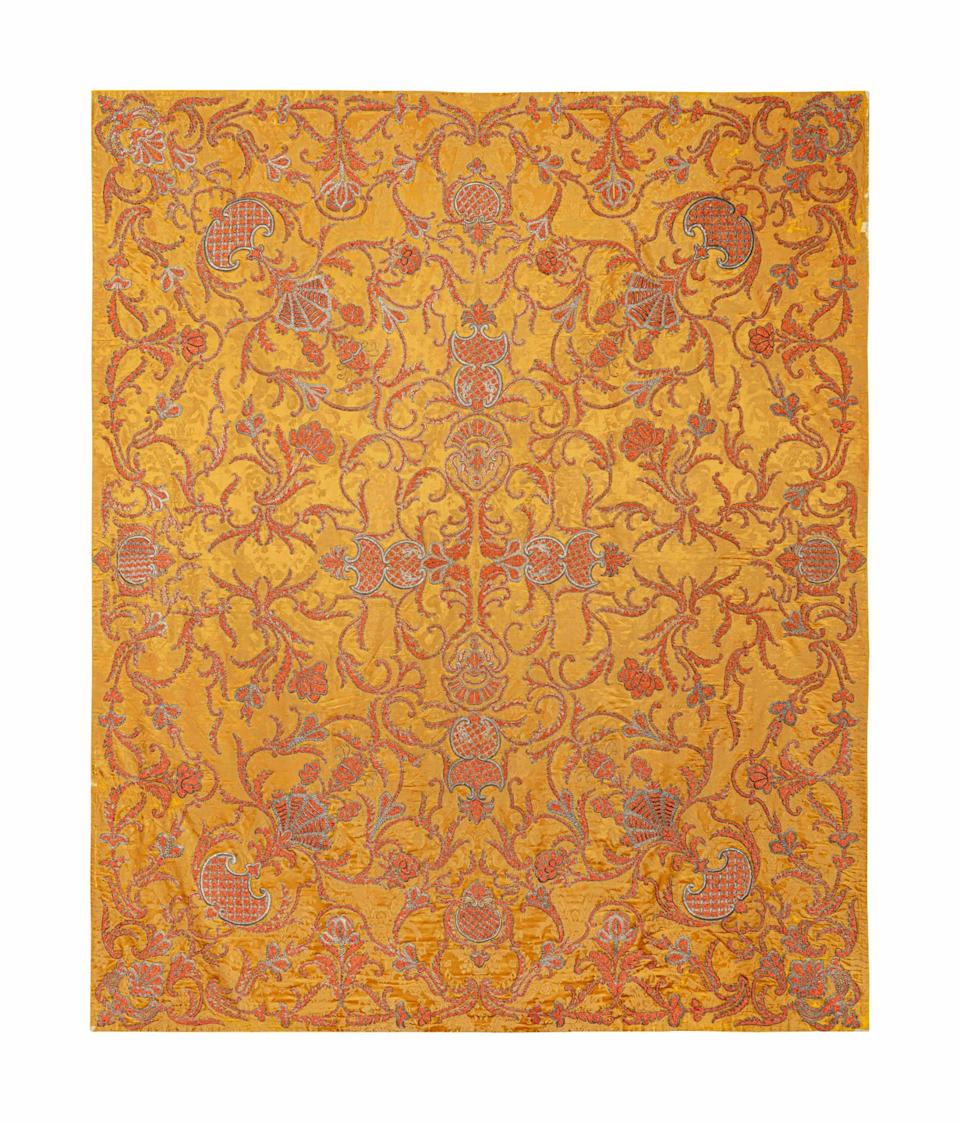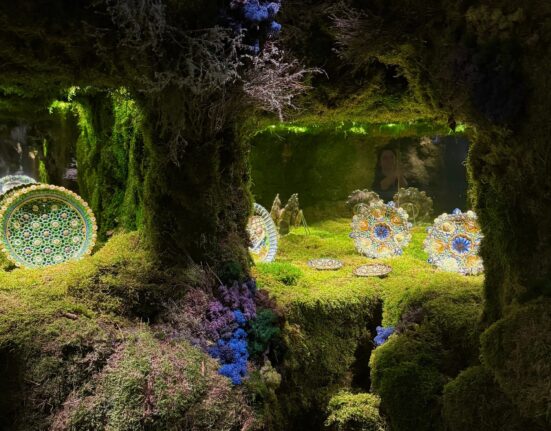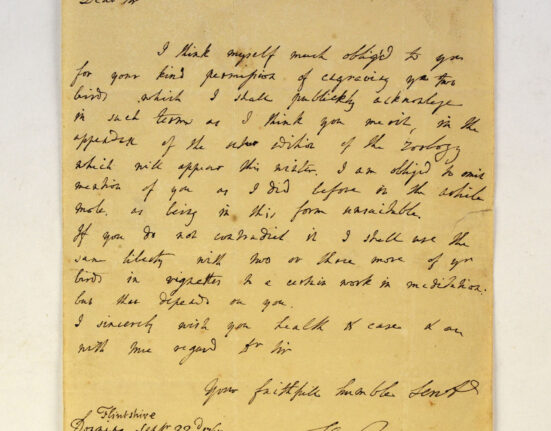As the star of the international art and design circuit, no one expects to walk away from The European Fine Art Foundation (TEFAF) with anything less than complete awe. Many of the masterpieces on view defy belief: paintings so exquisitely rendered that seeing them outside of a museum confuses the senses; there’s glass so finely blown you can barely feel it’s weight, stone so elegantly hewn that you could sleep on it, heirlooms so fiercely cherished that they’ve come into public knowledge for the first time several hundred years after their creation. There is no end to the wonders publicly on view for a precious few days.
But what was particularly interesting about this year’s Maastricht chapter were the vast array of materials exhibited, and the innovative ways in which they were used. Both works of art and design made over the last seven thousand years incorporated materials in ways you would be hard pressed to recreate today. And many contemporary works utilized materials in entirely novel and new ways. There were sculptures made from plant matter, paintings made out of metal, textiles made with sea life. In the fair’s several hundred booths, history came to life with a lesson for the present: design does not stop at wood, metal, glass or plastic. Instead, design can incorporate many more of the bountiful materials many of us tend to overlook on this earth, and retain it’s function for centuries past our own lifespans.


In Galerie Perrin’s booth hung a tapestry woven not just from fabric, but with silver thread, and most astoundingly, coral. The 18th century Sicilian textile, which was once owned by Umberto II, the last King of Italy, looked at first glance like an intricate, perfectly symmetrical embroidery of red and gold silk thread, but upon closer inspection that supposed red thread was tiny beads of coral. This custom of incorporating the sensitive sea creature into tapestries was popular in 18th century Sicily, but few examples remain, as the weight of the coral and the delicate nature of the silk damask on which it was sewn is incompatible with centuries of use. Now of course, such production using an endangered species would have several moral and ecological implications. The rarity of this textile offers a unique opportunity for contemporary craft study, in a time when tapestries, quilting, and textile production is attracting renewed scholarly and curatorial interest. Su Wu’s upcoming show at Dallas Contemporary on tapestries is one case in point.


Precious stones of other sorts and scales dotted the rest of the fair, from snuff boxes carved out of quartz at Galerie Kugel to Merovingian rock crystal pendants, as dealers came prepared with earlier examples of our current crystal-obsessed culture. Less precious, but equally materially surprising, was an early 19th-century Barque (a small ship) made from dried cloves offered by Kunstkammer Georg Laue. Though this example was German, there is a tradition of miniature ship building using cloves in Dutch culture. The tiny dried flower buds require a dexterous hand to turn them from seed to sculpture–a reminder of the power of the detailed and handmade.


At Galerie Maria Wettergren time and material met in a wall of works by Norwegian contemporary artist Gjertrud Hals. Or should we say a single work. Hals mounted a large number of miniature sculptures, making up one large, circular wall sculpture in the gallery’s booth. Of the many miniature masks in blues, browns, greens, whites and yellows, almost all were made from plant matter (fungi, in most cases), cultivated and assembled over the span of 20 years–a collaboration between the artist and the natural world around her.


Similar in spirit, was the Alaskan Imarnan in Patrick and Ondine Mestdagh’s booth. An Inuit child’s hooded jacket was a wonderful lesson in ingenuity made entirely of light, translucent seal intestines, sewn together with vegetable fibers. The elegant, water-repellent covering surpassed even contemporary favorite Arct’eryx in chic, though it was made between 1900 and 1920.


On the upper economic tip of things was a portrait diamond in antique jewelry dealer SANTI’s booth. The jewel in question was a miniature portrait of Tsar Alexander I made in 1808. We’ve seen reverse painted glass before and we’ve seen miniature portraits for intimate or political use. But rarely do you find a portrait such as this, roughly an inch in width, with a thin sheet of diamond laid over the Tsar’s painted face, operating as glass would in a traditional frame.
Humbler in material, but not conception were several bamboo wall vases in Galerie Yann Ferrandin’s booth, one of the foremost dealers of Japanese masks outside of Japan. The vases, designed for ikebana, use metal mounts to affix wide joints of bamboo to the wall. Designed in the 19th century, bottoms were added to each vase, which was then used as seasonal, functional wall decor. A plant for your plant? So simple, yet so surprising.
These are only a very few items on display–hundreds of other material revelations dotted the rest of the mammoth-scale fair. And to think, each year brings more new, hard-won discoveries. With the next iteration of TEFAF opening in New York on May 9th at the Park Avenue Armory, we have a month’s time to imagine all the new (and old!) types of innovation that might hold formal and functional lessons for us.
You Might Also Like







